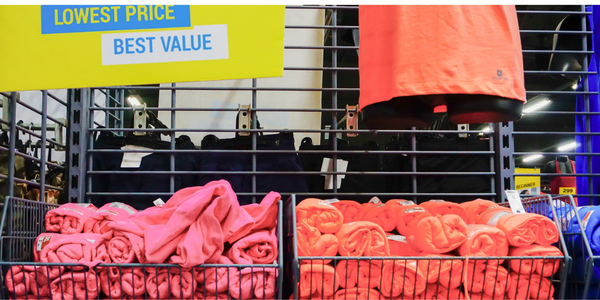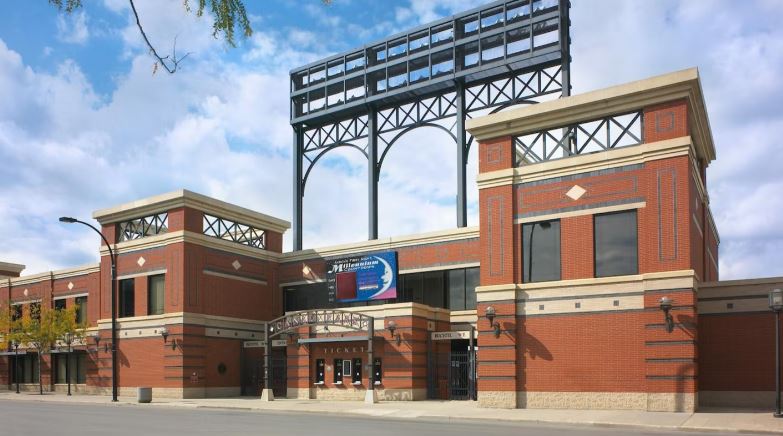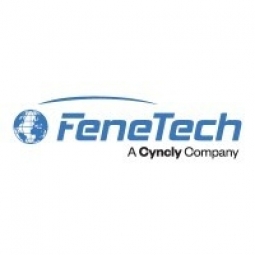技术
- 功能应用 - 企业资源规划系统 (ERP)
- 功能应用 - 库存管理系统
适用行业
- 玻璃
适用功能
- 仓库和库存管理
用例
- 需求计划与预测
- 库存管理
服务
- 系统集成
关于客户
General Glass 是一家位于俄勒冈州波特兰东南部的玻璃制造公司。该公司于 1969 年被 Al 和 Beverly Gauntlet 收购,后来于 2002 年出售给 Bakken Industries。此后,该公司扩大了产品范围和能力,增加了钢化、CNC 制造、卧式斜切和抛光机以及定制夹层玻璃到它的曲目。在总裁 Greg Bakken 的领导下,公司经历了指数级增长,从 2002 年的 6 人店扩大到 2010 年的 20 人店。公司在太平洋西北地区及其他地区销售其产品。
挑战
General Glass 是一家总部位于俄勒冈州波特兰市东南部的公司,自 1969 年开始运营。该公司最初是一家淋浴门和浴室设备公司,后来扩展到中空玻璃生产领域。 2002 年被出售给巴肯工业公司 (Bakken Industries) 后,该公司继续扩大其在太平洋西北地区及其他地区的产品供应。在总裁 Greg Bakken 的领导下,公司经历了指数级增长,从 2002 年的 6 人车间扩大到 2010 年的 20 人车间。然而,这种快速增长导致公司无法满足第一和第二个 ERP 系统的需求。首席财务官 Greg Elliott 和首席执行官 Kristy Hackworth 意识到他们需要更全面的 ERP 系统来提高效率并在相对较短的时间内看到投资回报。
解决方案
在参观了全国各地几家成功运行的玻璃制造工厂后,Elliott 和 Hackworth 决定实施 FeneVision 作为他们的 ERP 解决方案。该系统的综合性和提高效率的潜力给他们留下了深刻的印象。实施团队在大流行期间远程工作,以使系统正常运行。自上线以来,该公司很少遇到软件方面的紧急问题,并且发现 FeneTech 的支持团队非常可靠。 FeneVision 系统为 General Glass 提供了生产每个阶段的实时可见性。 FeneVision 容量规划功能对公司的业务方式产生了重大影响,提供了可见性并实现了无缝库存管理。该系统还与会计集成,使订单输入更加直观。
运营影响
数量效益

Case Study missing?
Start adding your own!
Register with your work email and create a new case study profile for your business.
相关案例.
.png)
Case Study
Discrete Manufacturing Industries (Fiberglass Pipe)
The implementation of ERP software in a Discrete Manufacturing organization needs to be strategic, irrespective of its size and capacity. The client had already implemented an ERP system which fulfilled their requirements but was not efficient enough. Efficiency here meant Synchronized Planning, Updating and Multisite Planning. Planning at client’s place was done outside the ERP system. Lack of proper synchronization to the ERP system paved way to huge delays in the changes getting updated in the system. These delays caused disruption in achieving delivery schedules. Multisite Planning is a solution to an organization which has multiple production units (may or may not be geographically separated) and thus needs planning across these units to synchronize production activities within them. The client also has multiple factories and hence Production Planning control is very essential in their case. Since Multisite planning was not possible with Baan ERP system, this was another bottleneck for the client.

Case Study
Asia Airfreight Terminal Enhances Operational Efficiency with CommScope's RUCKUS Solutions
Asia Airfreight Terminal (AAT), a leading cargo handling company based out of Hong Kong International Airport, was facing challenges with its Wi-Fi network, which was critical for the functioning of its automated Material Handling System (MHS) within the warehouse. Any interference or lost signals could directly impact their operational efficiency. AAT also had separate networks for their office and CCTV cameras, which made the job of their data center challenging. The company was in search of a Wi-Fi network configuration that could streamline their networks and reduce its network management workload. AAT was already running on equipment from a competing vendor, and the new solution needed to prove its worth in scalability and reliability.

Case Study
Halvor Lines Enhances Driver Safety with Netradyne Driveri®
Halvor Lines, a trucking company with a strong commitment to driver safety, was facing the challenge of protecting their drivers and the company from false claims in an increasingly litigious environment. The company was in search of a video and vision-based recognition safety program that could align with their existing driver safety and recognition strategies. They wanted a solution that would not only strengthen their industry-leading initiatives but also be driver-friendly, helping to develop driver skills and enhance positive safety habits. The solution needed to provide significant value without requiring the inside lens of the truck to be turned on, a feature that could potentially alienate drivers.

Case Study
High Density Stacking Capability Enhances Productivity in 3D Part Production at Decathlon
Decathlon, the world’s largest sporting goods retailer, was faced with a mold injection problem on a small component for shooting glasses that connects the frame to the lenses. The company was seeking a solution that would avoid the expense of tooling and increase efficiency in production. They decided to test the new 3D stacking solution developed by 3D Systems to evaluate additive manufacturing for production. After conducting a feasibility study on the Figure 4 solution and stacking feature, Decathlon’s teams confirmed the productivity and economics of additive manufacturing and decided that this solution could be considered for batch-run production of the final product.

Case Study
Akron Energy Systems: Enhancing Efficiency and Customer Service with IoT
Akron Energy Systems (AES) is a community energy system operator in Akron, Ohio. They facilitate the transition from on-site energy production to community energy systems, thereby reducing building owners’ total cost of ownership by taking over building system upkeep and maintenance. However, AES was facing challenges with the existing control solutions at customer locations, which often required them to make site visits to diagnose and correct system issues. This was not only time-consuming but also inefficient. To improve customer service and streamline their internal processes, AES needed a control solution that could provide remote access, analytics, and alert capabilities under a single pane of glass. This would enable them to diagnose customer problems quickly without the need for site visits and provide their customers with powerful portfolio-wide insight.

Case Study
Ubisoft’s Operational Efficiency and Innovation Boosted by Rancher Prime
Ubisoft, a global gaming company, was facing challenges in managing its complex hybrid cloud and on-premises architecture. The company had adopted Kubernetes for its strategic solution set, but the lack of a formal orchestration strategy led to cluster sprawl. Different teams were working in various environments, including AWS ECS and Docker Swarm, leading to an unmanageable growth of the estate. The company needed a solution that would provide a unified and consistent development methodology, automate basic deployment processes, and manage the entire Kubernetes estate through a single pane of glass. Additionally, Ubisoft wanted to optimize workflows, save time, and allow developers the freedom to develop in their own way.







